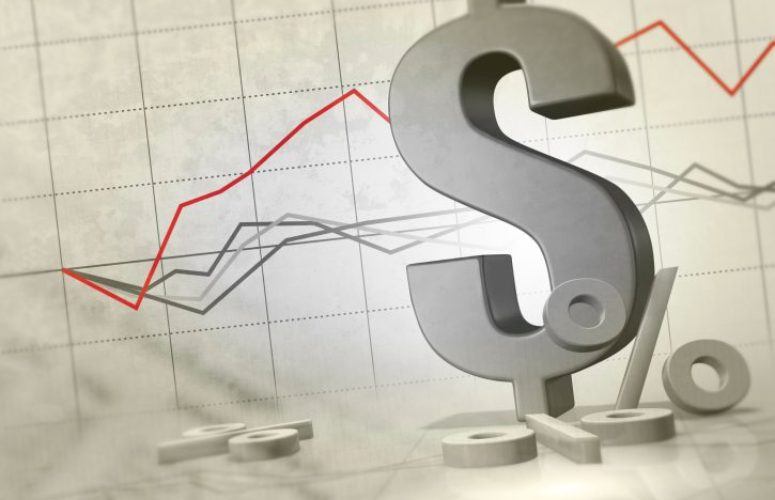
TD Economics: Things Are Looking Up, Including Rates
On Mar 20, 2017Prospects for the American economy are looking up, according to a new report by TD Economics (an affiliate of TD Bank).
“Even without a dose of fiscal stimulus, economic growth appears set to accelerate to 2.2% from the middling 1.6% rate it averaged in 2016,” says TD Bank’s Chief Economist, Beata Caranci. “The jury is still out on the size and contours of any tax or spending packages. However, it is increasingly clear that whatever stimulus that does occur, it won’t meaningfully impact the economy until 2018 at the earliest, so we continue to hold off including any explicit fiscal lift in our forecast,” says Caranci.
“The Fed recently cast a vote of confidence in the U.S. economic outlook by stepping up the pace of rates hikes,” says Caranci. With a tightening labor market putting upward pressure on wages, inflation moving closer to the Fed’s 2% target is a question of when, not if.
“The Fed is the only central bank raising interest rates among the major advanced economies. Going against the grain embeds the risk of triggering an unwelcome appreciation in the U.S. dollar and higher borrowing rates abroad. This could elicit financial stresses in emerging market economies with negative consequences for the U.S.,” says Caranci. There is also still plenty of debate around the degree of economic slack. In particular, job growth in America has not been paralleled by a strong recovery in the participation of the core working age population (25-54 years). As a result, the Fed is expected to be measured in their approach, with the funds rate reaching 2.25% by the end of 2018.
Stars align for an improvement in investment
A key element of the improved growth outlook is an expected acceleration in business investment.
“After two years of negligible progress in business spending, a confluence of factors, including an improved profit backdrop, looks set to drive an improvement,” says Caranci. “There is broad agreement that America’s corporate tax system, which combines relatively high marginal rates with a relatively low average tax take, is in need of reform. Remedying this situation appears to be a key priority in Washington, and reductions in corporate tax rates could be a catalyst to unlock pent-up demand for investment.” However, it is early days, and we have not included a fiscal bump into the forecast due to a clear risk that budgetary and political constraints dictate that reform be more modest than businesses are hoping for.
Meanwhile, America’s job machine running on all cylinders
America’s job market has been running on all cylinders, and we believe the lure of higher wages and better job prospects will pull over one million people back into the labor market over the next two years. Rising household wealth and continued acceleration in wage growth should maintain solid fundamental underpinnings for household spending growth.
Washington is the main risk to the forecast
“If meaningful deficit-financed tax cuts or spending increases are enacted, it would present an upside to our forecast,” says Caranci. “However, as evidenced by early proposals on healthcare reform, it is clear that Republicans will need to reach a significant compromise, making a large package far from a slam dunk. At the very least, a greater passage of time for agreement and implementation is a high possibility.”
Moreover, the potential for more restrictive immigration policy and protectionist trade measures present downside risks to the medium-term outlook for economic growth. Uncertainty in these areas casts a shadow over globally integrated companies and sectors that are reliant on international trade and the free flow of labor. We cannot ignore the risk that firms could end up deferring investment in the near-term until greater clarity is known on the policy landscape in order to appropriately assess the economic returns of those decisions.
Related Articles:





